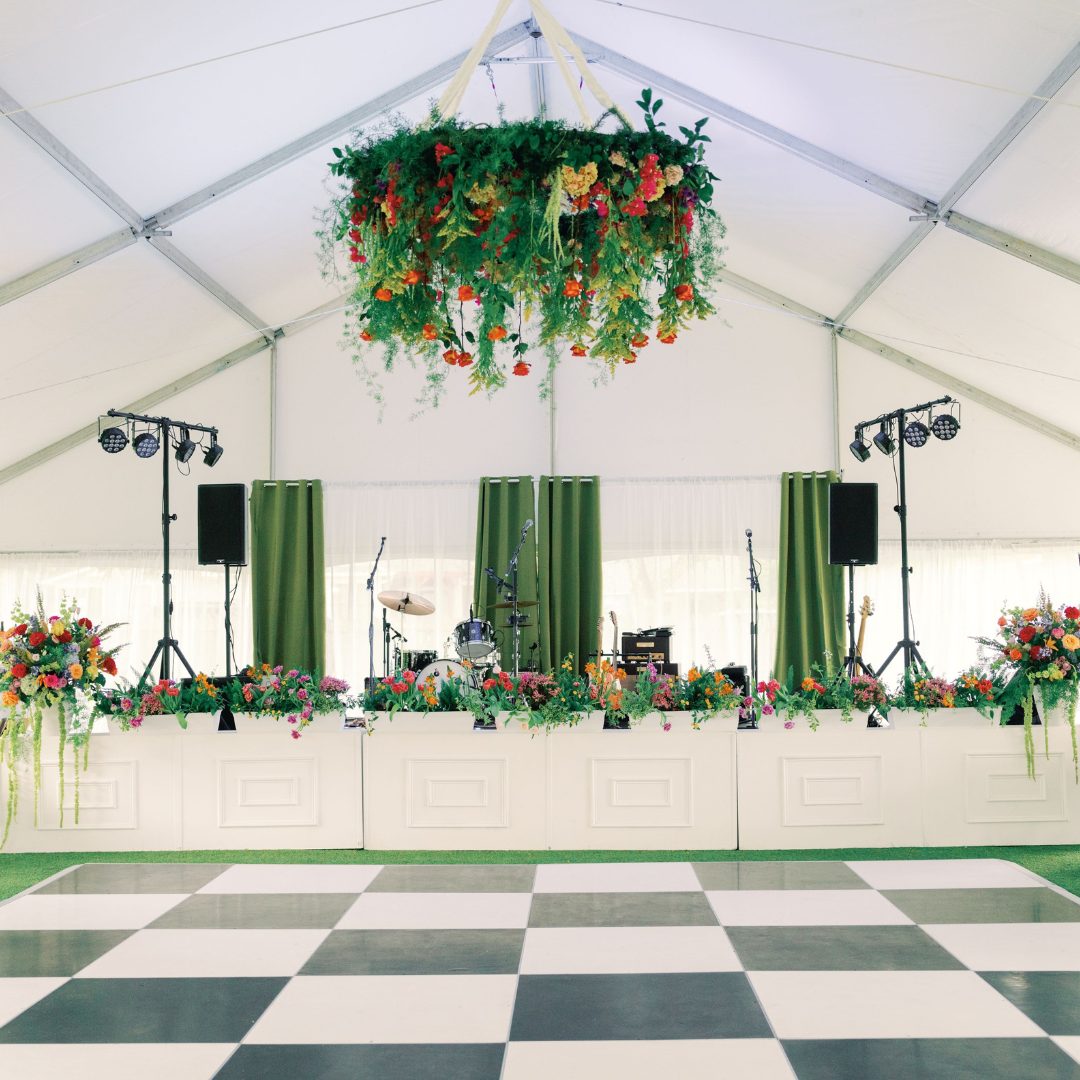Crucial Security Protocols to Ensure a Fun and Safe Dance Area Party at Events
Crucial Security Protocols to Ensure a Fun and Safe Dance Area Party at Events
Blog Article
As organizing an event with a dance floor, ensuring the safety of all attendees is essential. A enjoyable and secure dance floor experience can enhance the general satisfaction of the occasion. To attain this, occasion planners should establish key safety guidelines that address various aspects of the dance setting. These guidelines not only protect guests but also create a welcoming atmosphere where everyone can feel comfortable and have a good time.
One of the primary safety considerations is the physical space of the dance floor. It is important to ensure that the area is large enough to hold the anticipated number of guests. A packed dance floor can result to incidents, such as tumbles or crashes. Planners should also inspect the flooring type to confirm it is appropriate for dancing. Even surfaces, such as hardwood or laminate, are preferred, while carpets can pose tripping hazards. Additionally, keeping the dance area free of obstacles, such as chairs or tables, will help avoid injuries and facilitate for a more pleasant experience.
Lighting plays a crucial role in establishing a safe dance floor setting. Proper lighting not only establishes the mood for the occasion but also helps guests navigate the area safely. Dim lighting can make it difficult for dancers to perceive their environment, raising the chance of incidents. Therefore, planners should use a combination of background and focused lighting to light up the dance floor adequately. Exit signs should also be easily visible, and planners should ensure that the illumination is adjustable to suit different types of music and dance genres.
Another important aspect of security on the dance floor is crowd management. Occasion staff should be trained to oversee the dance space and ensure that guests are acting properly. This includes tackling any instances of overcrowding or unacceptable behavior that could lead to issues. Additionally, having a designated area for guests to take breaks can news help minimize fatigue and prevent accidents. Offering water stations nearby can also encourage hydration, which is vital for maintaining energy levels during dancing.
Ultimately, it is crucial to communicate safety guidelines to all participants. Before the occasion begins, organizers should inform guests about the rules and guidelines for the dance floor. This can include notices to be aware of their surroundings, honor personal boundaries, and avoid excessive alcohol consumption. Offering clear guidelines can help create a culture of safety and accountability among guests. By cultivating an environment where all is conscious of safety practices, event planners can guarantee that the dance floor remains a enjoyable and secure space for all participants.